Innovative Team Collaboration: 3 Tools for Seamless Project Management
Read More
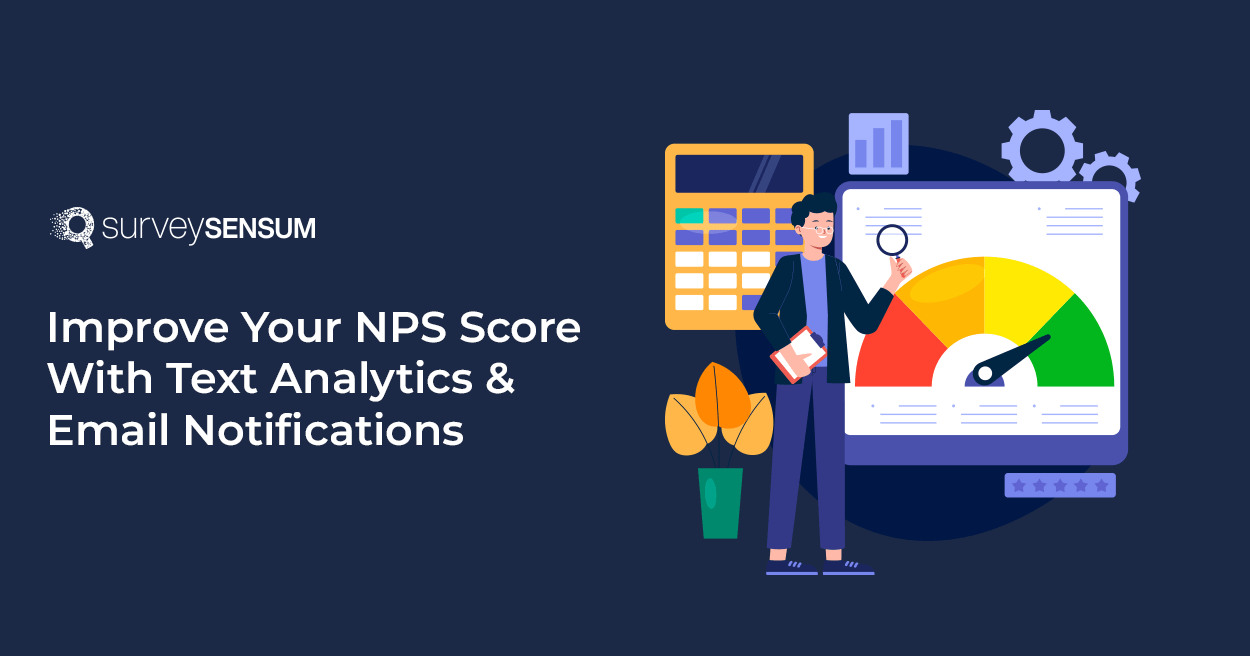
When there is a big decision to be taken, for example, buying a new phone or looking for rentals, who do you ask first?
– Your family and friends.
This is because I trust and value our friends and family above others. And believe it or not more than 70% of customers trust their friends and family when it comes to product recommendations.
This is why businesses need to pay attention to their NPS score. This score tells you how likely your customers are to recommend you to their friends and acquaintances.
Your NPS score helps you gauge your customer loyalty and satisfaction with your product, service, and overall business success. A higher NPS score is associated with increased customer retention and long-term profitability, whereas a low score requires immediate action.
But being aware of your NPS score is not enough to improve NPS performance, right? Along with launching NPS surveys and calculating your NPS scores, you also need to take action to improve it. And by improving your NPS score you ultimately boost your customer retention and drive positive business outcomes.
But how to achieve this? Let’s find out.
The first step to improving the NPS score is to analyze the data the right way.
But what I’ve noticed with many businesses is that they don’t know how to!
The main stumbling block? They get overwhelmed by the number of responses because they do not have any efficient tool to process such a huge number of data.

So what to do?
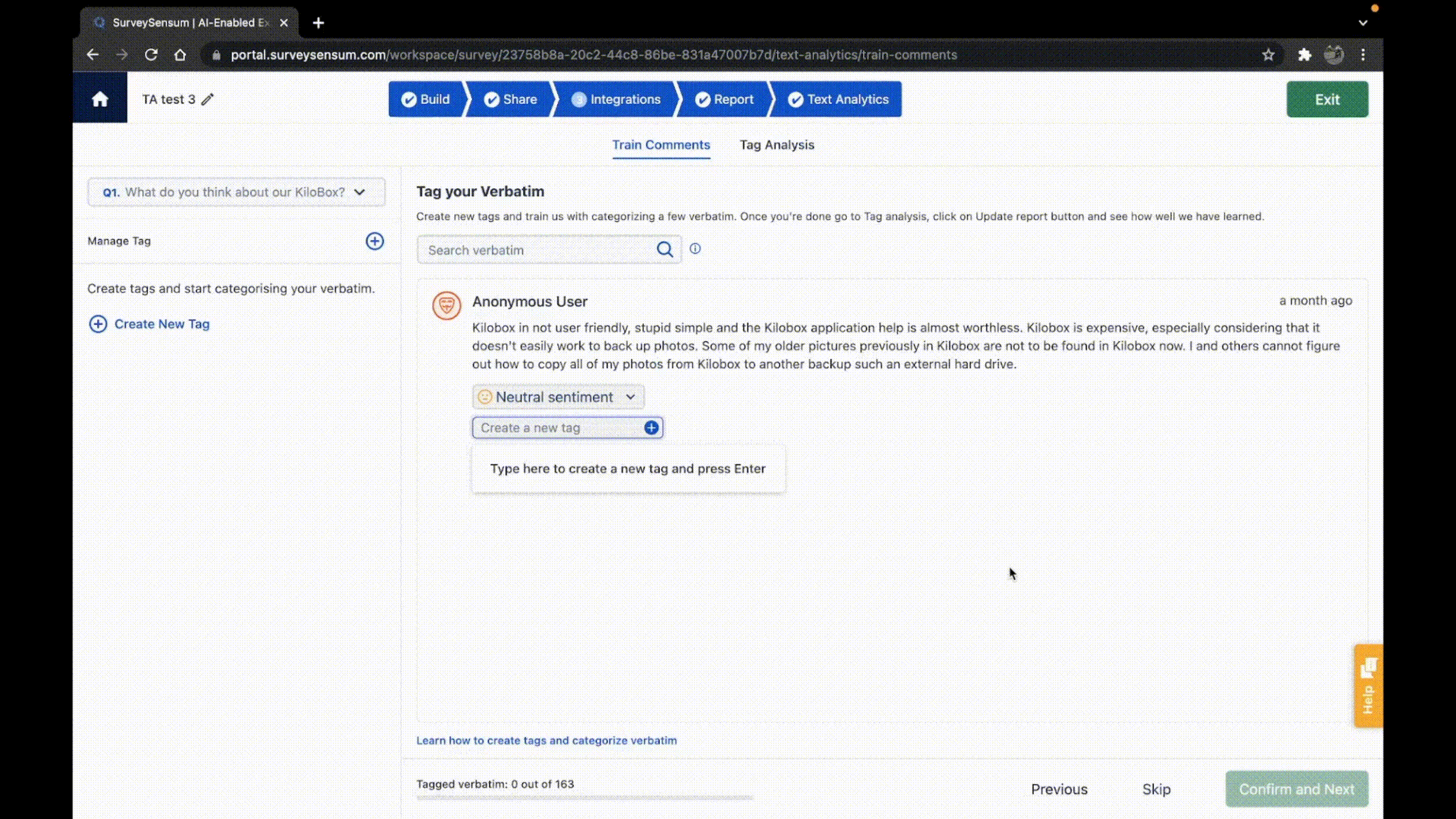
Here’s what I do –
Let’s say I receive about 350 comments every week which equals about 1500-2000 comments in one month. That’s a lot, right? So, what I do is, use SurveySensum’s Text Analytics Software to efficiently manage and analyze the NPS program.
All I had to do was:
Piece of cake!
Launch Your First NPS Survey
But the challenge is how can you improve NPS with Text Analytics Software.
Let’s talk about it with the help of a case study of a media giant that I recently helped in boosting the NPS score.
A prominent media company was on a mission to boost its NPS gaming and close the feedback loop in real-time.
So, what did they do?
They collaborated with SurveySensum to enhance their website user experience and improve NPS on their website.
They had a million users which means they received about 10,000+ responses, per month, on their website. Now, the challenge for them was to prioritize this 10k+ feedback, analyze it, and take action based on its urgency.
They were sending an NPS survey to its users after they had spent an average article read time of 45 seconds. They also set up a survey repetition interval of 30 days.
Here is a glimpse of the NPS survey:

Now, their issue here was, that they were not able to prioritize and analyze such a huge number of survey data.
STEP 1: They trained the ‘SurveySensum’s Text Analytics’ machine on 100-200 comments creating 7-8 categories those comments might fall in.
STEP 2: Now, every time a keyword or similar words to that keyword appear they should fall into a particular category. This saved them around 40-50 hours of manual analysis which they were spending in a month to read these comments.
Once the training was finished they ran a text analysis and the results came like below.
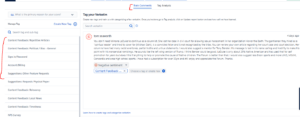
Now, that the tool was trained, it quickly identified the emerging trends and customer complaints which was – ‘Sign-in/Password’ category comprised 10% of comments, with a corresponding NPS score of -67.1.
People were frustrated about why they had to constantly log in.
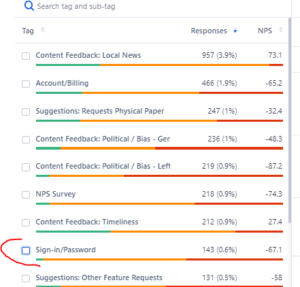
Recognizing the frustration related to constant logins, they proactively implemented targeted interventions. This recognition prompted them to take focused actions aimed at alleviating the identified source of discontent among the readers and ultimately improving the NPS score.
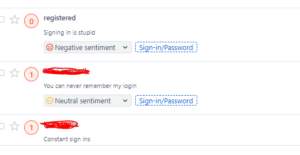
With the identification of the prime complaint among customers, it was time to resolve these issues, hence closing the feedback loop. This was done in two steps:
1. Proactive Interventions and Targeted Actions
Once the signup issue was highlighted to the product and support team, They promptly set up email notifications for their support team. These notifications were triggered whenever a subscriber mentioned login problems.
Here’s how it was planned;
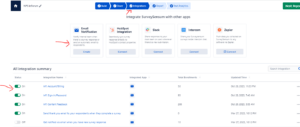
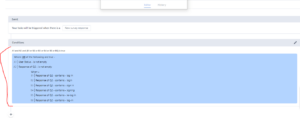
Close the Feedback Loop With Text Analytics
2. Implementing Email Notifications
Email notifications were set up and forwarded to the Support team. This allowed them to respond to the readers in time, close the feedback loop in real-time, and identify all possible root causes for login issues.
Here is an email notification when a reader leaves negative feedback.
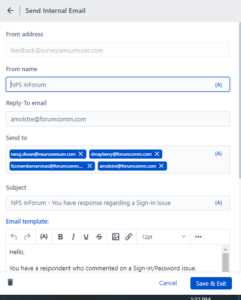
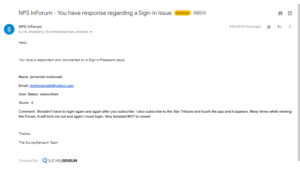
After running this activity for a month, they figured out the client’s major concerns, fixed them in another month and 2 months later 90% of the issues were resolved. This resulted in an 11-point increase in NPS scores within 3 months.
This case study exemplifies how leveraging technology and data-driven insights can transform user experience and drive positive business outcomes.
In an ongoing commitment to enhance its user experience and address potential reader concerns, the media company has now set up new notifications. For example, now they send email alerts when readers leave negative reviews about subscription cancellations and other issues.
